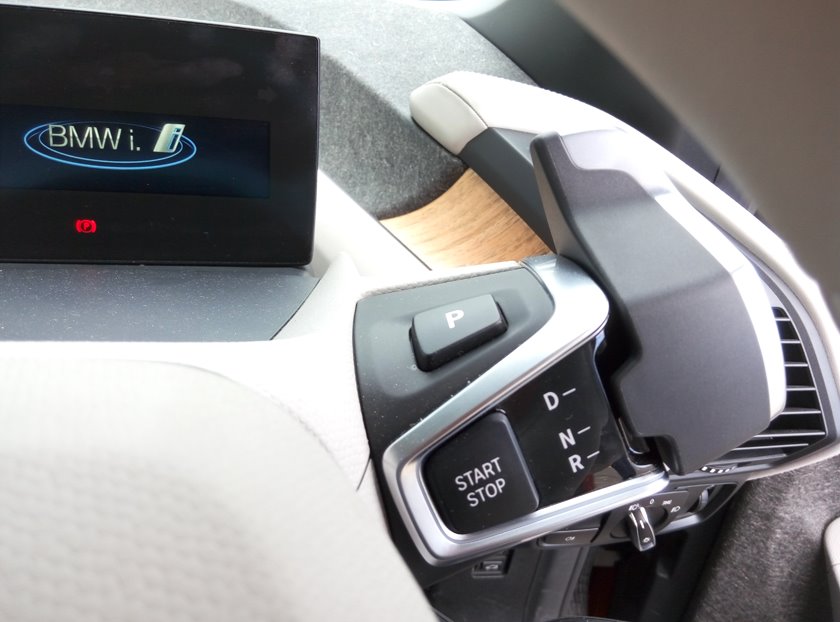
I rented a couple of trucks over the last few days, and I’m surprised that automatics have taken such a hold in this country.
I’ve written about my preference for manuals elsewhere, and for a regular car, I would consider one with a sequential gearbox. We’re in an era now where the advantages of a modern automatic can outweigh those of a manual, notably in fuel economy. Generally, however, having the control of a manual—and not having an atrophied left leg while driving—is my preference, and it’s absolutely fine even in gridlock if you know how to control the gears properly. I grew up with the idea, rightly or wrongly, that a good driver knows how to operate a manual and desires the control that it affords.
Polling my friends, it appears that half have the same preference as me and many note, ‘But I own an automatic because I couldn’t find a manual.’ It’s true: we’ve become a slush-box nation just as the United States has, going from a country where maybe 10 per cent were autos to one where 90 per cent are. A big part of that shift happened this century. The notion that automatics have been market-driven (as I was told at Brendan Foot) is, as far as I can ascertain, bollocks.
In 2015–16, I went to some extremes to buy the car I wanted, namely one with a manual transmission, by sourcing one from where the majority of drivers still prefer to shift gears themselves: the UK. I understand that the UK, as New Zealand once did, insists that you do your driver’s licence test in a manual if you want to be able to drive both; should you do it in an auto, you’re restricted to just autos until you ‘upgrade’ to a manual licence. Indeed, the latter position invites ridicule in the UK—Daniel Craig got his share of it after a fake-news piece alleged he didn’t know how to drive a manual.
This UK licensing position still makes sense to me, but it appears we license people to drive manuals even though they have never seen a clutch in their lives.
One of the young men helping me out with shifting stuff in the truck, who is on a learner’s, and owns an automatic, said to me that he couldn’t comprehend a manual, and that confirms that we may have it wrong with our licensing system by slavishly following the US.
And after the weekend’s experience, I’m even more wedded to manual transmissions.
The first truck from Vancy Rentals was a two-tonne Toyota Dyna with a slush box. For the most part it wasn’t too difficult to drive, except for one corner when I had to turn off the Hutt Road (speed limit 80 km/h) to head up Ngauranga Gorge, while carrying a load. I didn’t consider that I was going too quickly but the truck’s gearing did not change down with the speed reduction, and I had to rely solely on heavy braking to slow the vehicle. I wrestled with the steering wheel to keep it in my lane but came close to crossing the line.
You can put this down to inexperience and you would be partially right. With hindsight, I could have turned off the overdrive, or changed to D-4, but in my opinion autos have a tendency to make you lazy. It’s the equivalent of a point-and-shoot Instamatic camera: acceptable but not what a professional might demand for full control.
The second was a larger 2·5 tonner from Hino, but with a five-speed manual transmission. That corner was taken cleanly (with an even heavier and higher load) by shifting down, and it was simple heading down Ngauranga later by changing into a lower gear—exactly what the sign at the top of the Gorge suggests you do. It kept the truck to a maximum of 80 km/h, the legal limit down that stretch. (I also accomplished this with D-4 on the Toyota.) It was at this point that my young helper remarked that he couldn’t understand the manual, so I pointed out that it was the gearing that was keeping us safely within the speed limit, not the brake—by having that additional security I wouldn’t be reliant solely on the truck’s braking system.
That same thinking applies to my driving in a motor car, and I wonder why one wouldn’t want the extra assurance of having chosen the gear yourself, limiting your speed when needed, and not be dependent on the decision of a gearbox engineer in Japan (or elsewhere) who mightn’t understand Kiwi roads.




